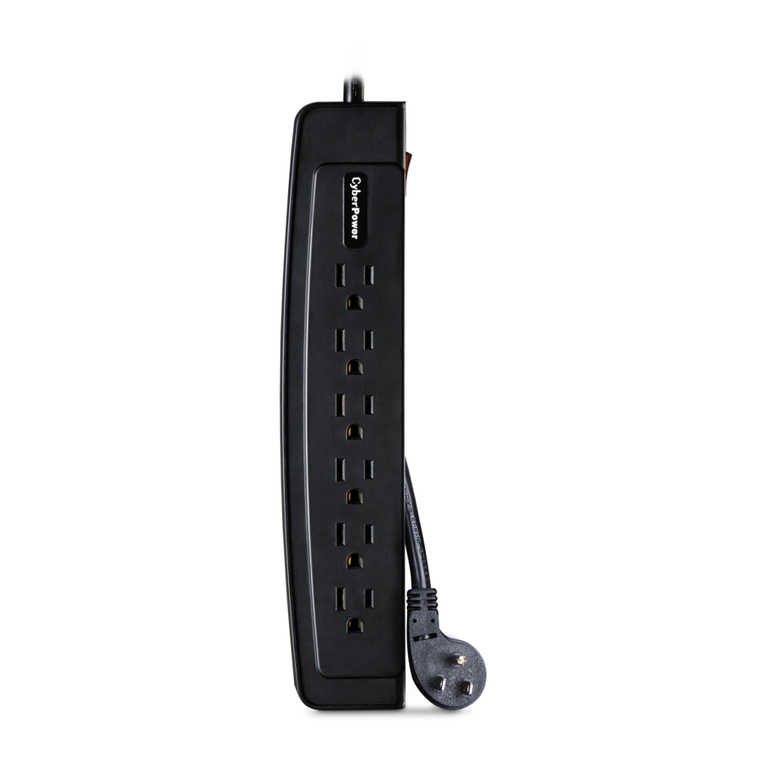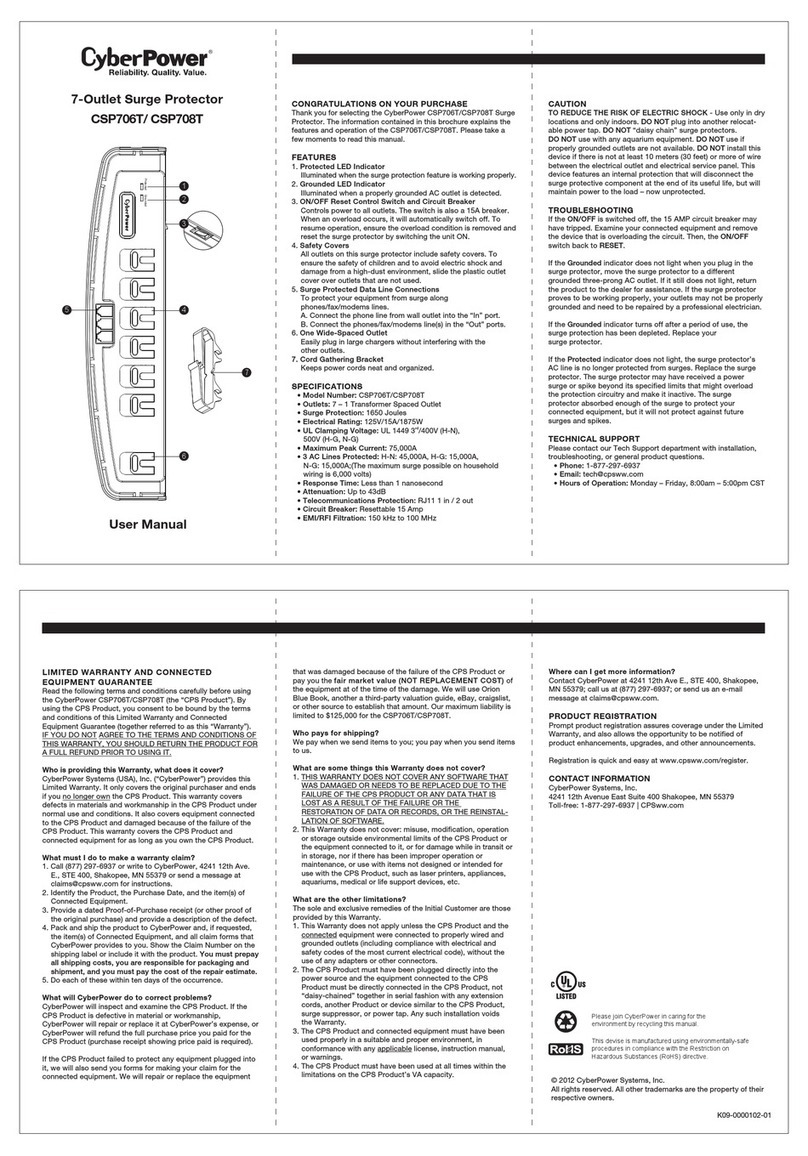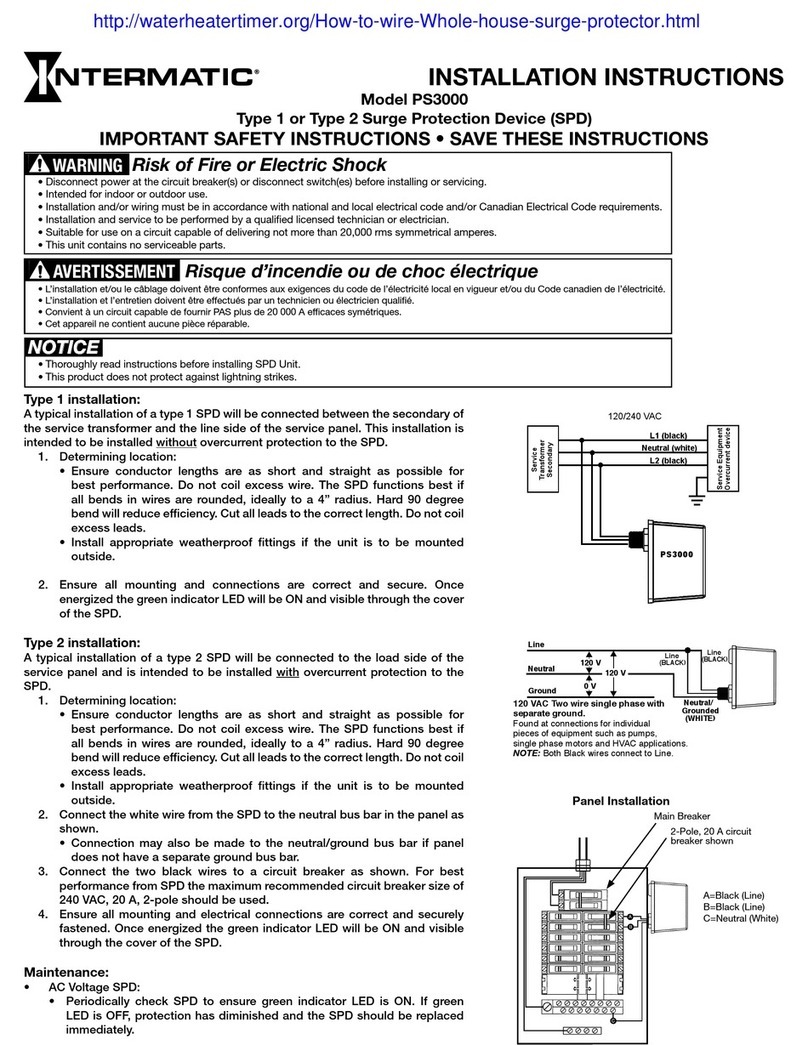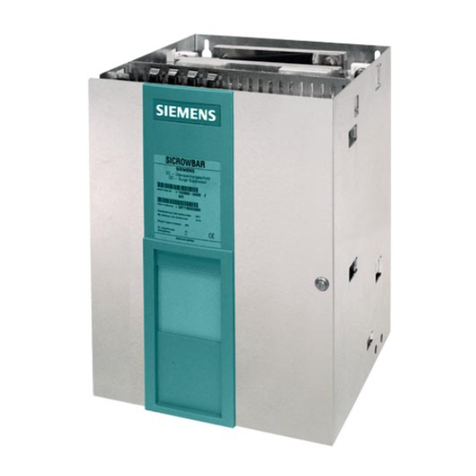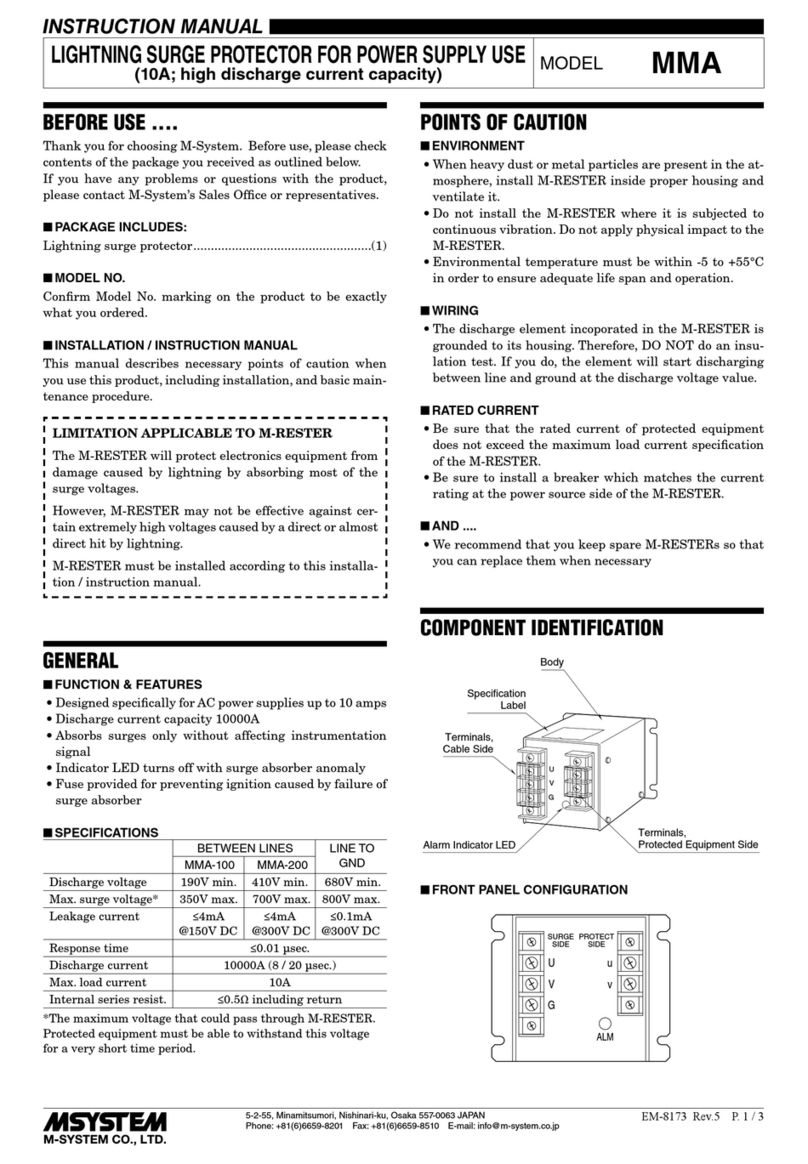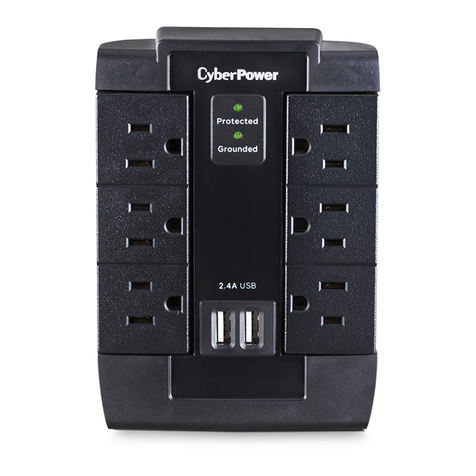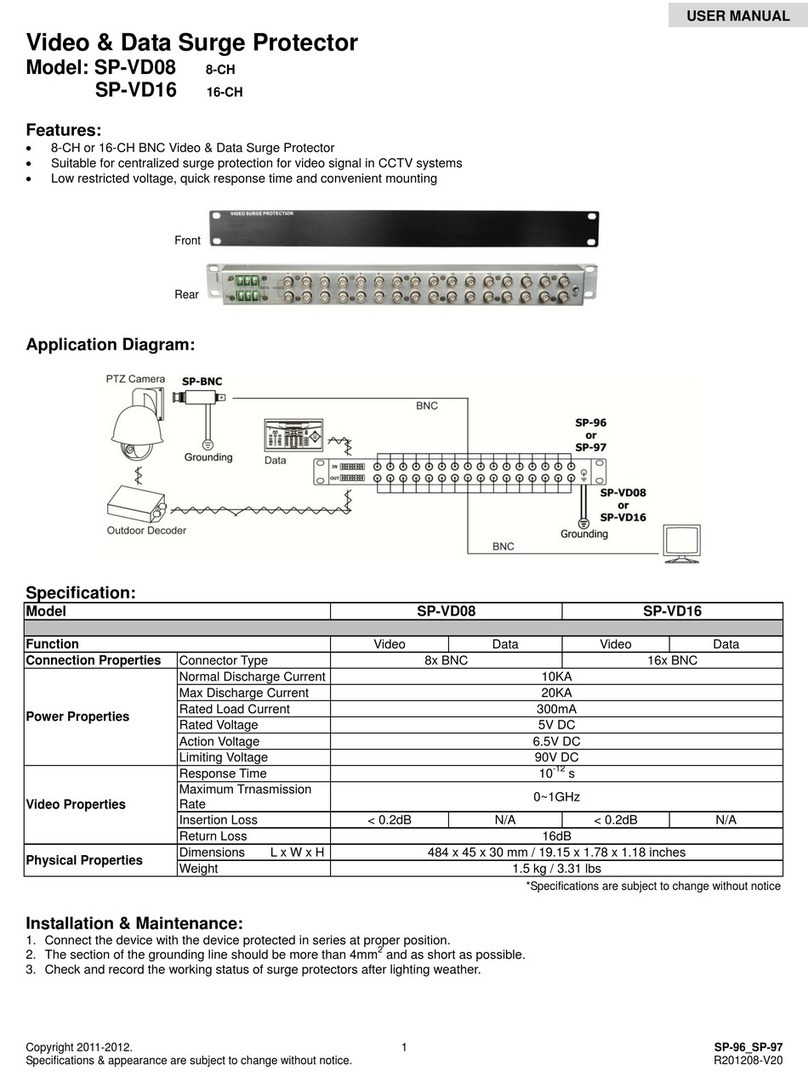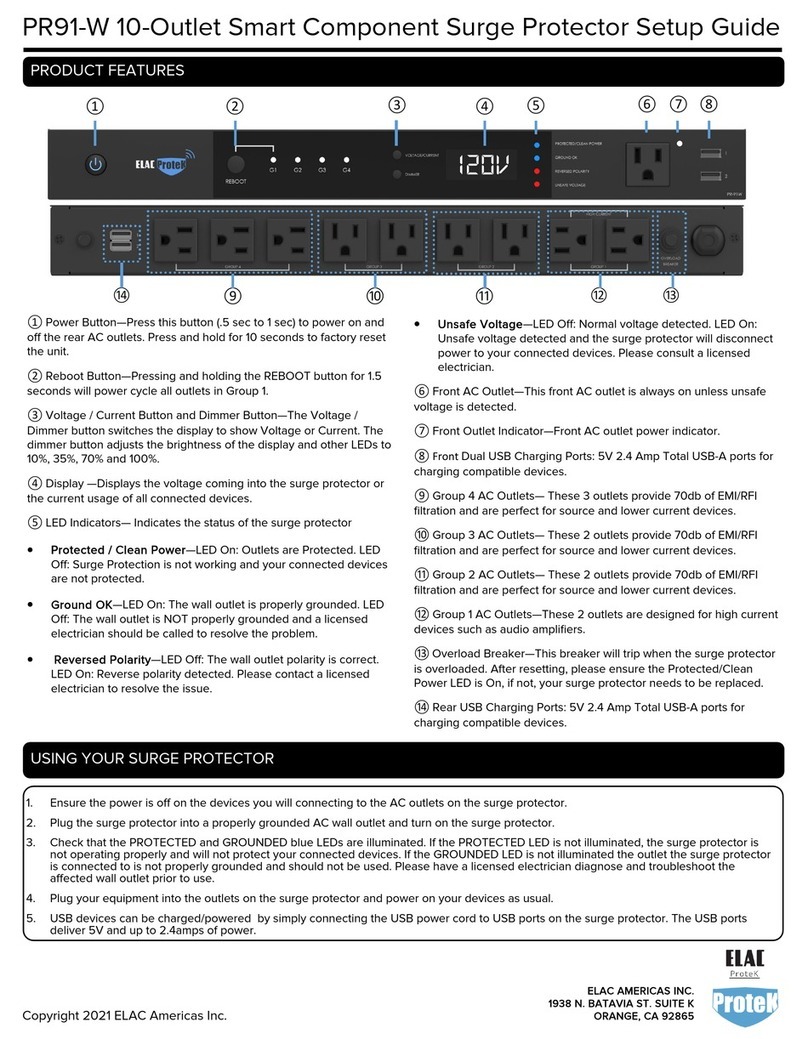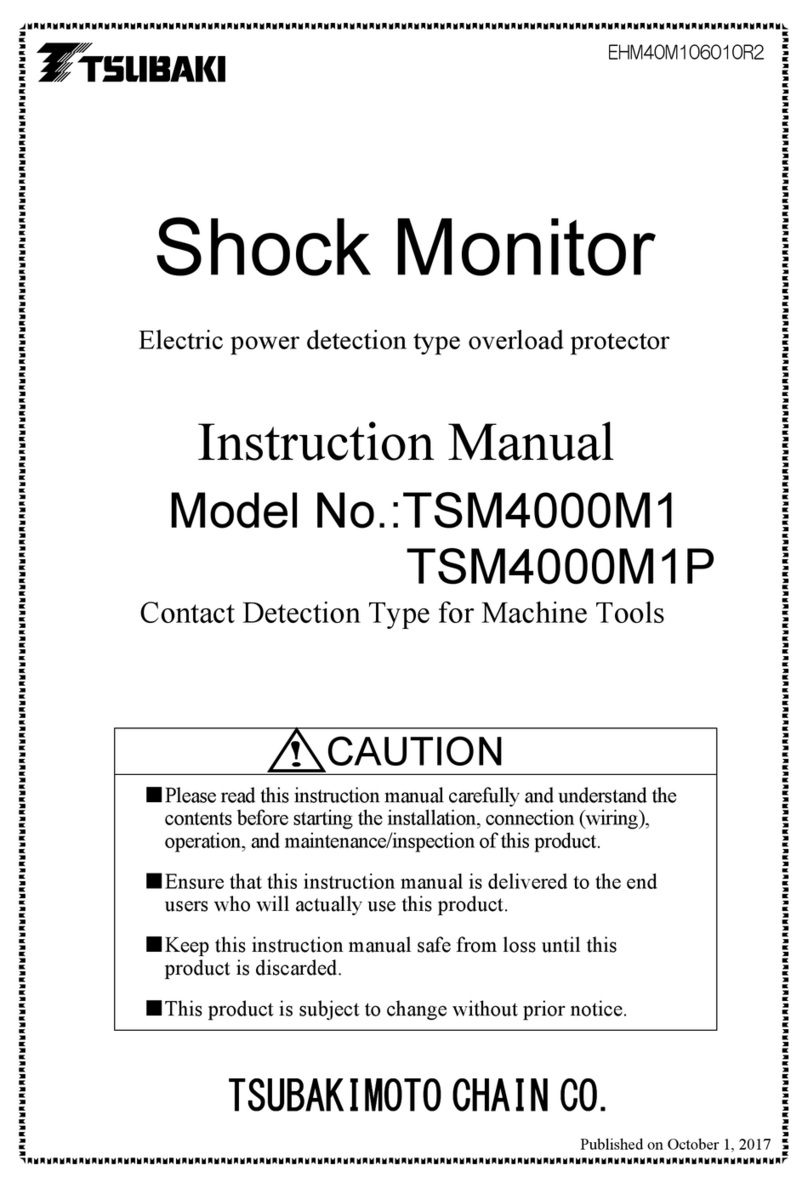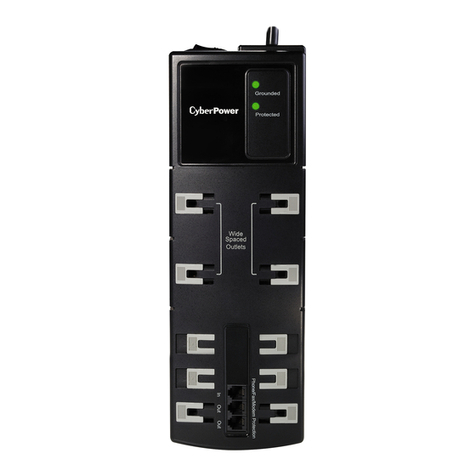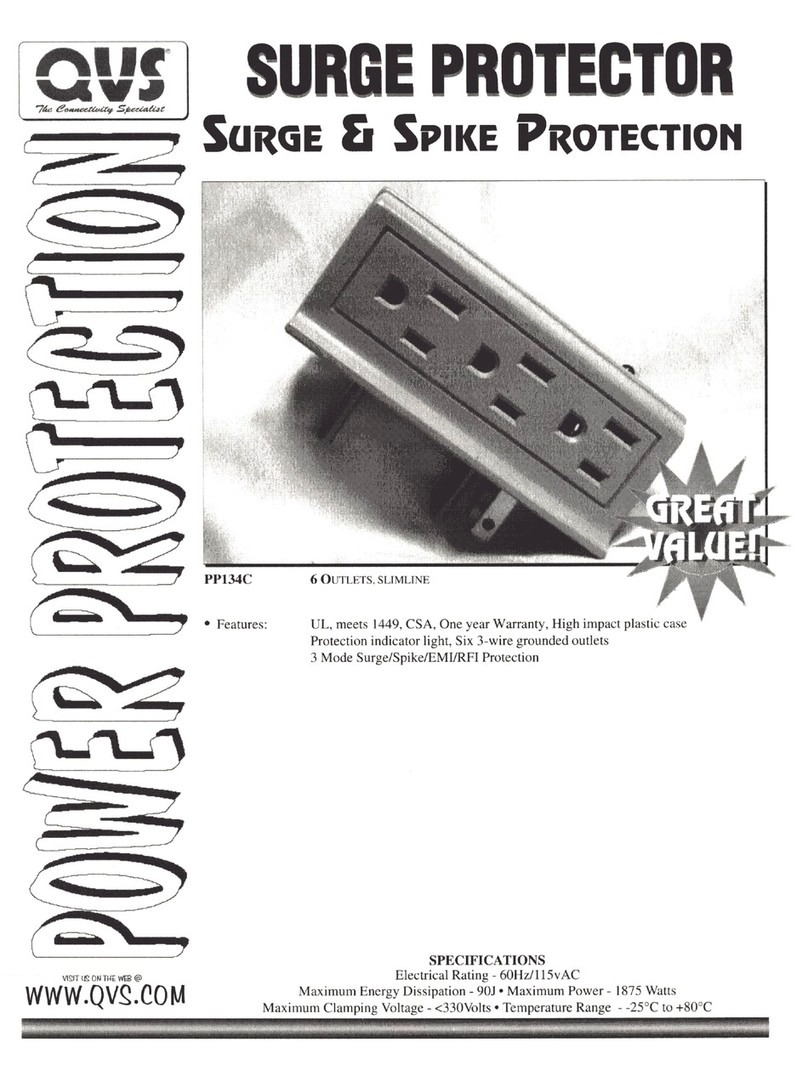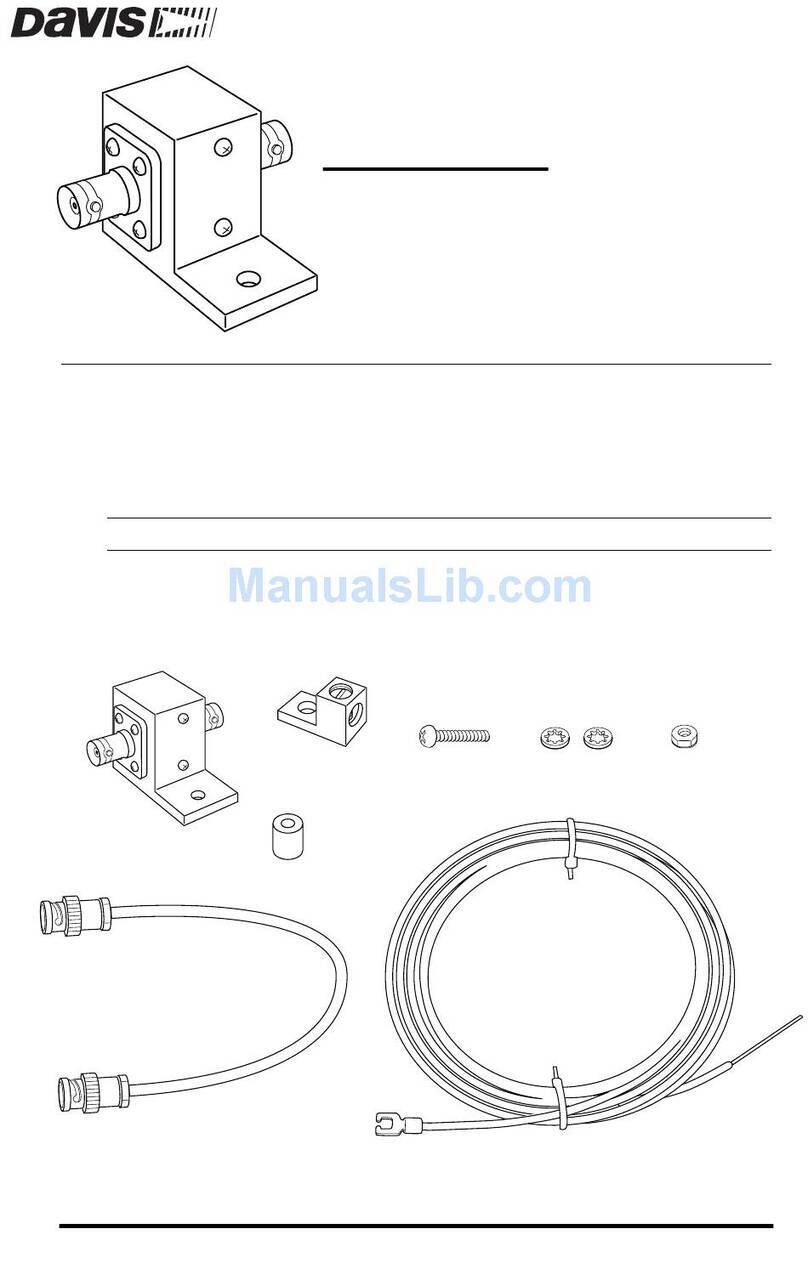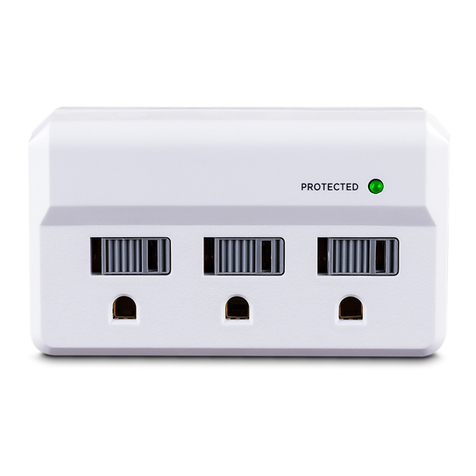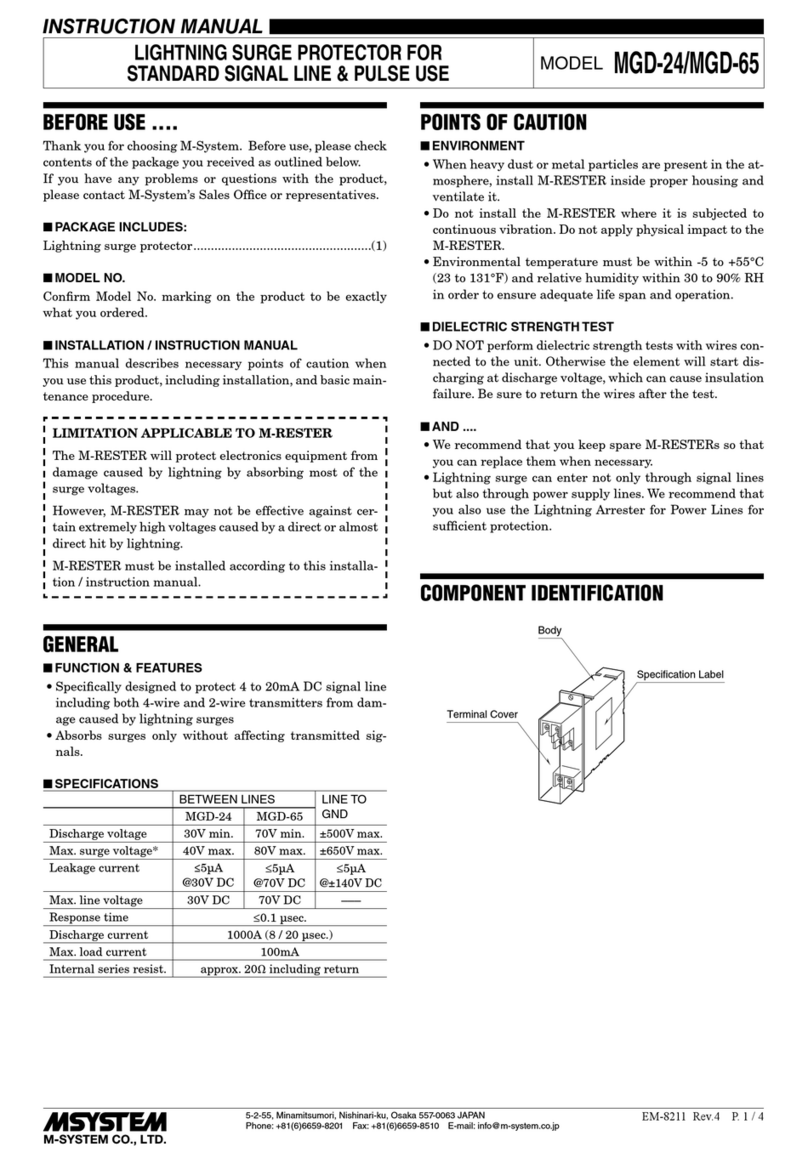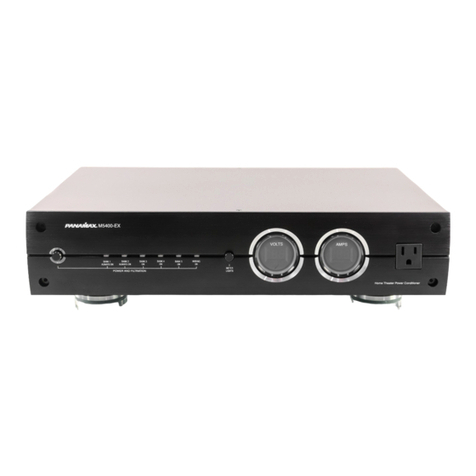STEP 4. Turn off the idle setting (if present) on your generator. This will ensure
that your generator will operate at the correct speed and voltage.
STEP 5. Review the generator starting procedures in the generator owner’s
manual and then start your generator.
STEP 6. If after starting your generator, the GenerLink™unit begins emitting a
constant audible alarm, IT IS STILL SAFE TO OPERATE YOUR
GENERATOR with GenerLink™. The alarm indicates that the surge
protection components may require service. (See Warranty and Service
Section in this manual)
STEP 7. Select the appliances that require emergency power. Note the capacity
of your generator and refer to the Appliance Energy Guide in this manual.
Locate the circuit breakers in your home’s breaker panel (See Diagram 4) for
the appliances you can support
and turn them on one at a time.
Start with large motor loads
first, such as refrigerators.
Motors require 2 to 3 times
more power to start than other
electrical appliances. Allow gen-
erator operation to stabilize
before starting the next load. Next, start smaller motors such as a ceiling or
ventilating fan. Then start smaller appliances with no motors such as lights.
STEP 8. When it is time to refuel your generator, turn off all your home’s
circuit breakers before turning off the generator, and refuel according to your
generator owner’s manual. Then begin with Step 1 of the Start-Up Procedure
to reconnect loads/appliances.
5
Q. I have meter-based surge protection, but want GenerLink™. Should
I get hard-wired surge protection?
A. If your GenerLink™unit is equipped with whole house surge protection it
will eliminate the need for meter based or hard wired surge protection devices.
Q. Why can’t I run my whole house from a portable generator?
A. The appliances in the average home consume relatively low amounts of
electricity to operate once they are started. However, many of them require a
significant amount of electricity to start up the appliances. Please review the
appliance guide to determine the start-up wattage required for individual
appliances.
Q. What happens when the utility power is restored and my generator
is operating through GenerLink™?
A. Your generator continues to power your home until you turn it off. Once
you turn off your generator, GenerLink™will automatically switch your home
back to utility power. GenerLink™has a built-in safety feature that prevents
back feeding the generator’s power into the utility lines, eliminating hazardous
conditions for you and for utility service personnel.
Q. Does my utility meter continue to run when using GenerLink™
with my generator?
A. No, your utility meter will only run when the utility is providing electric
power to your home. When using GenerLink™, with your portable generator,
you are automatically disconnected from the utility power supply and will not
reconnect until you turn off your generator.
Q. How can I tell when the utility power is restored?
A. There are four indicator lights on GenerLink™, one blue, one green, one
yellow, and one red. When the blue light is illuminated, you are connected to
your generator. When the green light is illuminated, this represents a
normal condition where utility power is present. When your utility has restored
power, you can de-energize and disconnect your generator from GenerLink™. If
the red light is illuminated at any time or in conjunction with the green light,
there is a potential problem, and you should have the unit
serviced immediately. (Refer to the Terms and Conditions for service
instructions)
Q. Can I use GenerLink™during inclement weather?
A. GenerLink™is completely sealed inside the meter socket and does not
represent a hazard; however, generators should not be operated during rain or
snow unless they are protected from the elements. Please consult your generator
manufacturer, distributor and/or owner’s manual for instructions on the safe
operation of your generator.
Diagram 4
Breaker Panel
!WARNING
Before refueling your generator, consult the
manufacturer’s instructions as found in the
generator owner’s manual.
20

